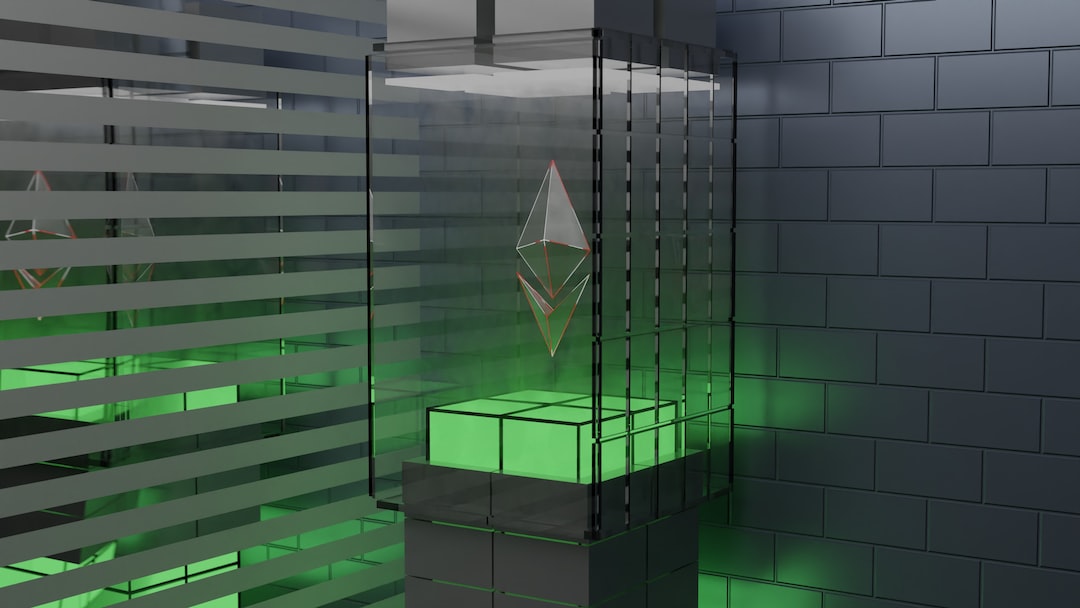Tokenizing Real-World Assets: Not Just for Banks Anymore
Tokenizing real-world assets on a blockchain is gaining popularity among both traditional financial institutions and crypto native players. The concept of tokenization using blockchain technology first emerged in 2015, primarily driven by banks exploring the potential benefits of the underlying ledger technology. However, as the crypto industry becomes more integrated with the broader financial market, smaller participants are also showing interest in tokenizing real-world assets.
The Rise of On-Chain Institutions
While high net worth individuals, family offices, pension funds, and university endowments were initially seen as the primary adopters of tokenized assets, there has been a shift towards what Maria Shen from Electric Capital refers to as “on-chain institutions.” For instance, MakerDAO, a popular decentralized finance (DeFi) protocol, collaborates with institutions to tokenize T-bills and utilize them within its ecosystem. This emergence of on-chain institutions marks an interesting development in the tokenization space.
Benefits and Opportunities
Tokenizing real-world assets opens up various opportunities for different participants. Retail users can leverage tokenized assets for remittances and savings. Businesses can use stablecoins to facilitate payments to suppliers. In-chain institutions like MakerDAO aim to access yield through tokenized Treasuries. Moreover, recent changes in economics, technology, and credibility have made tokenized real-world assets more appealing.
The Shift in Yield
According to Stuti Pandey from Kraken Ventures, the previous hype cycle for tokenization was driven by synthetic yields between 80% and 200% in decentralized finance. However, with interest rates now lower, real-world assets are gaining attention for their interesting yield potential. Additionally, improvements in tokenization infrastructure further contribute to the growth and adoption of tokenized assets.
Hot Take: Tokenization Expands Beyond Banks
The trend of tokenizing real-world assets on a blockchain is no longer limited to traditional financial institutions. Crypto native players and on-chain institutions are actively exploring the benefits and opportunities offered by tokenized assets. This shift signifies the growing integration of the crypto industry with the broader financial market. As interest rates decrease, real-world assets are gaining traction for their attractive yield potential. The development of better tokenization infrastructure further supports the growth and adoption of tokenized assets.





 By
By
 By
By
 By
By

 By
By